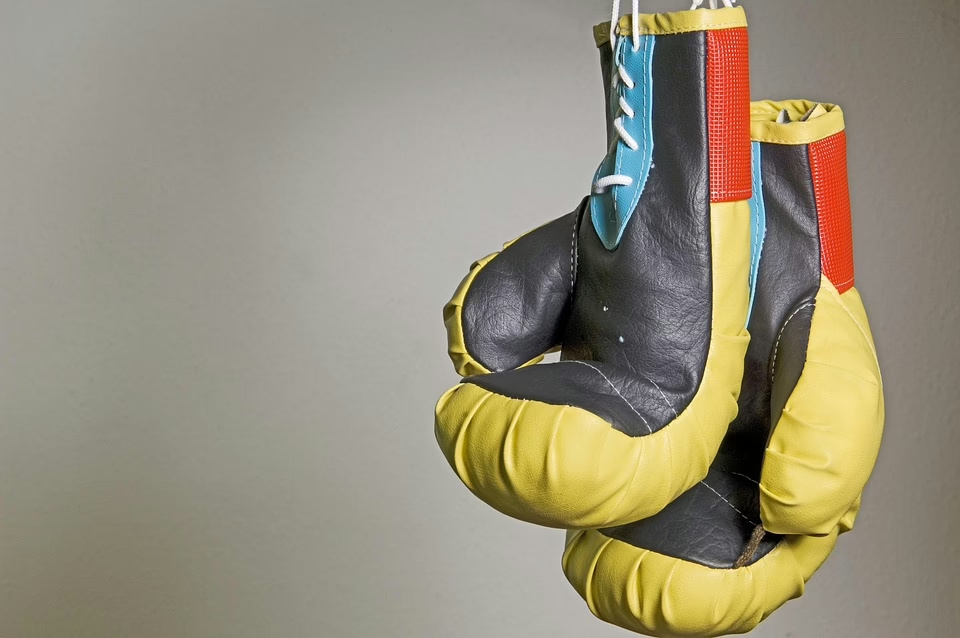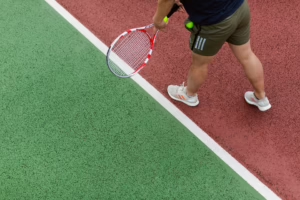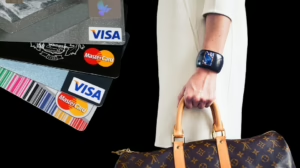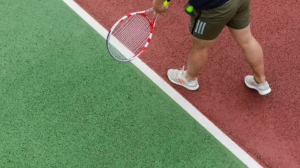Paws and Claws: The Rise of Canine and Feline Competitions
Introduction
In the past few decades, canine and feline competitions have surged in popularity, capturing the hearts of pet owners and animal lovers worldwide. These events showcase the unique traits, skills, and beauty of our companion animals, promoting camaraderie among pet enthusiasts and setting a stage for showcasing the diligence of both trainers and animals alike. The rise of these competitions coincides with a broader societal trend surrounding pet ownership, as more people adopt pets and regard them as family members rather than mere animals.
This article will explore the evolution of canine and feline competitions, their cultural significance, and the various types of events that have contributed to the growing popularity of pet competitions. Through a detailed examination, we will delve into specific competitions, personal stories, and the welfare implications of these events, thereby uncovering the intricate relationship we share with our four-legged friends.
The Historical Context of Pet Competitions
Early Beginnings
Pet competitions can trace their origins back to ancient civilizations. Historical documents indicate that early forms of animal contests existed in ancient Egypt, where people prized animals for their appearance and skill. However, it was not until the 19th century that structured competitions began to emerge in a more organized fashion.
The Westminster Kennel Club Dog Show
The first formal dog show took place in London in 1859, but the United States saw its significant event with the establishment of the Westminster Kennel Club Dog Show in 1877. This venerable institution has become a benchmark for canine excellence and a focal point for dog lovers worldwide. At Westminster, various breeds compete for the coveted title of “Best in Show,” celebrating the canine’s diverse forms and functions.
The Rise of Feline Competitions
Equally important, feline competitions have gained traction since the early 20th century. The first cat show was held in 1871 at the Crystal Palace in London. Until then, cats were viewed largely as utilitarian animals, primarily valued for their ability to hunt vermin. The show introduced the concept of breed recognition, which distinguished cats as aesthetic companions and prompted the emergence of breed clubs and organizations dedicated to feline welfare.
The Cultural Significance of Competitions
Shifting Perceptions of Pets
As societies evolved, so did the roles pets played within them. Initially seen as working animals, pets, especially dogs and cats, began to transition to become integral household members. In contemporary culture, they symbolize unconditional love, loyalty, and companionship, thus elevating their status beyond mere animals to family members.
Community and Belonging
Competitions like those held by the American Kennel Club (AKC) or the Cat Fanciers’ Association (CFA) offer an avenue for community engagement. Enthusiasts can share their passions, connect, and bond over their love for a particular breed. These events often foster a culture of friendship and camaraderie that extends beyond the competition arena.
Promoting Responsible Pet Ownership
Competitions also play a role in promoting responsible pet ownership. By adhering to strict breed standards and ethical breeding practices, organizations help raise awareness about the welfare of animals. Furthermore, dog and cat shows often include educational components, informing attendees about topics like training, health care, and grooming, thereby encouraging responsible ownership.
Types of Competitions
Dog Competitions
Conformation Shows
Conformation shows, one of the most well-known types of dog competitions, assess dogs based on breed standards defined by their registry. Judges evaluate physical characteristics, gait, and overall appearance. While typically seen as beauty contests, conformation events also reinforce breed integrity, encouraging ethical breeding.
Obedience Trials
Obedience trials showcase a dog’s ability to follow commands and behave in various situations. These competitions involve various tasks, including sitting, staying, and retrieving. They highlight the importance of wholesome training techniques and deepen the bond between dog and owner.
Agility Championships
Agility competitions test a dog’s speed, accuracy, and ability to navigate an obstacle course. This sport has gained immense popularity over the years, captivating audiences with its dynamic nature and showcasing the synergy between dogs and their handlers.
Canine Freestyle
Often referred to as “dog dancing,” canine freestyle is an innovative competition that combines obedience, tricks, and dance. Handlers choreograph routines set to music, emphasizing the bond they share with their dogs. The creativity involved has transformed competitive dog events into captivating performances.
Cat Competitions
Cat Shows
Similar to dog shows, cat shows assess various breeds based on established standards. Judges evaluate attributes such as coat quality, body type, and temperament. These events celebrate the beauty and diversity of feline companions, generating awareness and appreciation for specific breeds.
Agility Competitions for Cats
Though less common, cat agility competitions are slowly gaining traction. In these events, cats navigate obstacle courses, demonstrating both physical skill and mental acuity. The subtle differences in training and handling techniques distinguish cat agility from its canine counterpart.
Themed Competitions
Various creative competitions exist outside traditional formats. Examples include costume contests, where owners dress their cats in vibrant outfits and compete for different awards. Such themed events encourage participation and foster a sense of fun and enjoyment among breeders and pet owners.
The Personal Stories Behind the Competitions
In addition to the broader trends and cultural implications, individual stories often highlight the human-animal bond that drives participation in competitions. These narratives can be inspiring, reflecting a relationship built upon trust, respect, and love.
Overcoming Challenges
Numerous pet owners have undertaken the challenge of training their pets to compete, often overcoming significant obstacles. These stories can range from rescuing a dog with a troubled past to restoring a cat who once exhibited fearful behavior. These transformations not only elevate the animal’s quality of life but also serve as motivation for other owners facing similar challenges.
Celebrating Accomplishments
Handlers frequently share tales of their pets achieving recognition, whether winning titles or achieving personal bests. Each victory is celebrated as a testimony to the hard work, time, and dedication devoted to training. These accomplishments foster a sense of pride and achievement for both the pet and the owner.
Building Lifelong Friendships
Many individuals find lifelong friendships through shared interests in animal competitions. Engaging with fellow pet enthusiasts leads to relationships based on mutual respect and admiration for the unique qualities of their animals. The bonds that form through shared experiences transcend rankings and titles, focusing instead on love for the craft and the animals involved.
Ethical Considerations in Competitions
In recent years, the rising popularity of pet competitions has prompted critical discussions about the ethical implications surrounding these events. Various organizations and enthusiasts debate the welfare of animals involved, particularly concerning breeding practices and training methods.
Responsible Breeding
Critics often voice concerns regarding the breeding of animals for competition purposes. The intense focus on conformation can lead to breeding practices that prioritize physical traits over health and well-being. Organizations are increasingly advocating for responsible breeding practices that prioritize genetic health and temperament.
Training and Welfare
Training methods used in competitive environments can vary significantly. Some handlers utilize positive reinforcement techniques rooted in compassion, while others may lean toward more traditional disciplines that prioritize obedience at the expense of the animal’s emotional well-being. The importance of employing humane training methods is crucial for fostering healthy and effective partnerships between pets and their owners.
Animal Advocacy and Awareness
As the pet competition landscape continues to evolve, awareness about animal welfare has gained traction. Both dog and cat shows increasingly incorporate welfare organizations and advocates to raise awareness about various issues facing companion animals, including adoption, abuse, and neglect. Collaborations can lead to an enriched understanding of animal welfare and promote responsible ownership beyond competitions.
The Future of Canine and Feline Competitions
Technological Integration
As advancements in technology continue to shape our daily lives, they will undoubtedly permeate the world of pet competitions. Innovations like live streaming, social media interaction, and virtual events allow for broader access and engagement. Pet enthusiasts can expand their networks and showcase their accomplishments on global platforms.
Inclusivity and Diversity
As the field of pet competitions grows, efforts must be made to include diverse breeds and competitions. Events that celebrate mixed-breed animals and alternative skill sets are increasingly popular, fostering a broader acceptance and appreciation for all animals. Inclusivity enhances the sense of community and showcases the unique talents of various breeds, regardless of their registration status.
Continued Emphasis on Welfare
The ongoing dialogue surrounding animal welfare will shape future competitions. As awareness increases, it is anticipated that stakeholders will focus on strengthening regulations and ensuring ethical practices are paramount. Greater advocacy for responsible breeding, training, and handling should remain a central focus within competitive circles.
Conclusion
The rise of canine and feline competitions marks a significant evolution in our relationship with pets, celebrating the special bonds we share with them while raising awareness about responsible ownership. These events have grown from mere showcases of beauty to multifaceted platforms that advocate for animal welfare, community, and ethical practices. As we move forward, it is crucial to ensure that the love and appreciation for our four-legged companions remain at the forefront of these competitions, continually fostering a culture that values their well-being.
Whether you’re an aspiring competitor, a seasoned enthusiast, or simply a pet lover, there’s no denying that the journey of navigating the world of pet competitions offers a unique and enriching experience. In a way, our pets become reflections of our dedication, passion, and love, reminding us of the joyous relationships that exist between humans and animals— a testament to the enduring bond between paws and claws.
This article provides an overview of the rise of canine and feline competitions. It explores their historical context, cultural significance, various types of competitions, personal narratives, ethical considerations, and future directions. The intention is to elevate understanding while also inspiring greater engagement for the welfare and appreciation of these beloved companions.
[modern_footnote_source]: For specific sources and data, it is recommended to access peer-reviewed articles available in veterinary journals, reports from animal welfare organizations, and statistics from recognized pet-related organizations such as the AKC and CFA.


























Add Comment